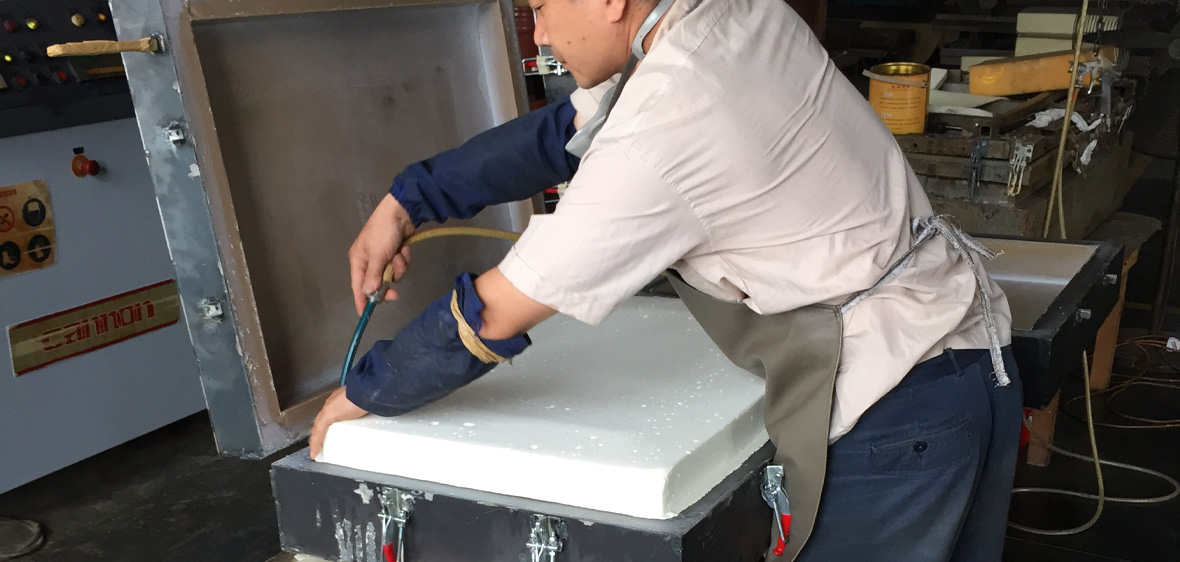
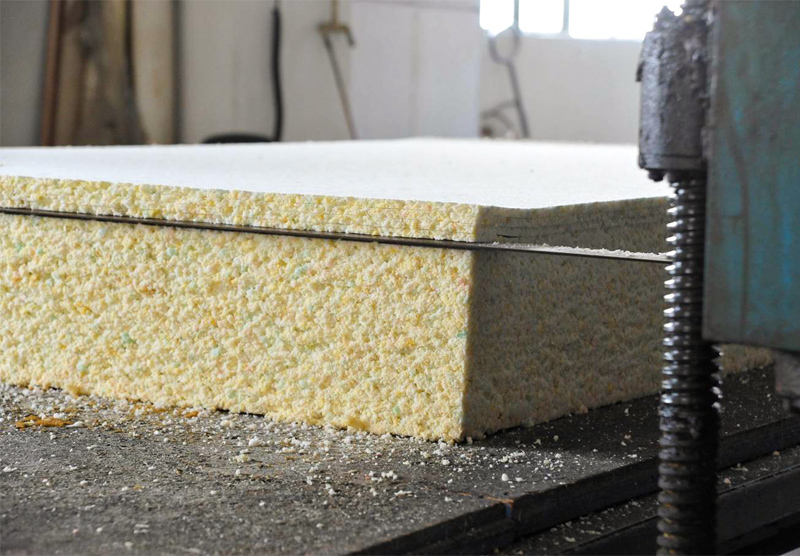
Modern furniture is more likely to be part or wholly made with cellular Polyurethane foam. This provides structure, resilience and most importantly light weight. This is then covered with an outer decorative textile. The synthetic polymer will age and lose performance within a “reasonable” time and be significantly lighter than the traditional fillings.
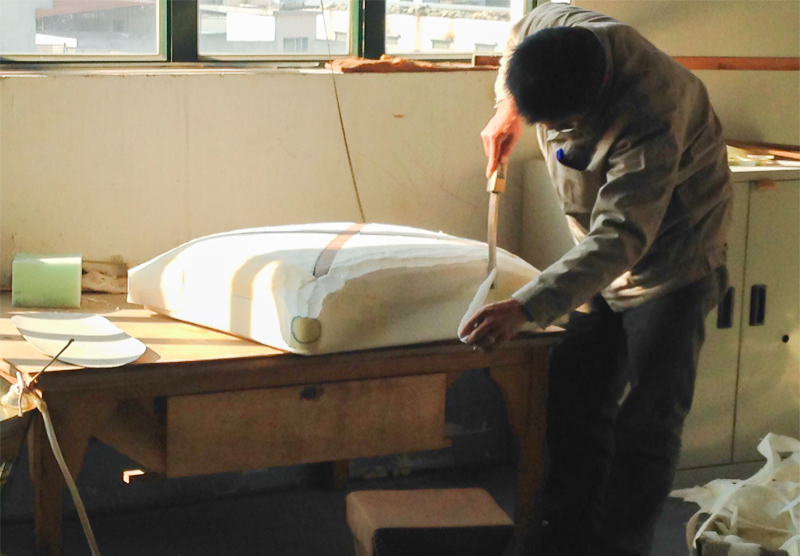
Polyurethanes are one of the most prominent members of the polymer or plastic family; they are used to create many items we use daily. Such items include foam seating, adhesives, hoses, hard-plastic parts, synthetic fibres and much more. Polymers can either be solid or have open cells. When they consist of open cells, they are referred to as polyurethane foam; this material can be used in a variety of soft furnishings.
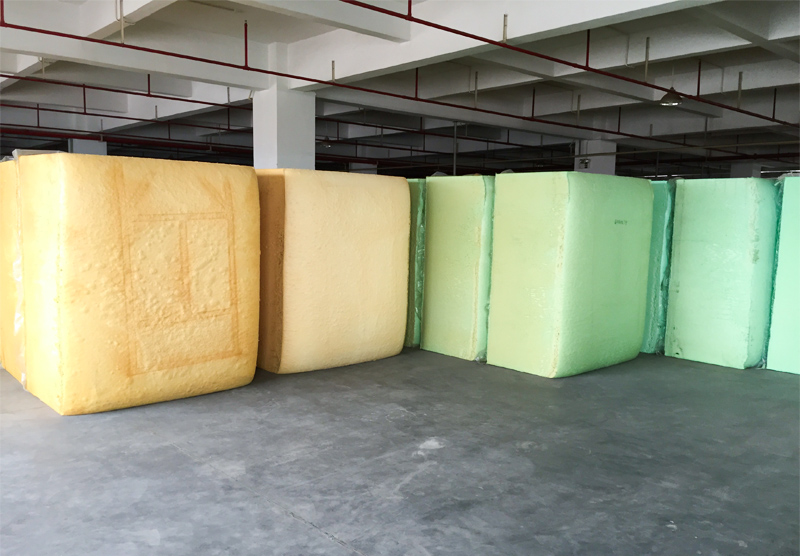 |
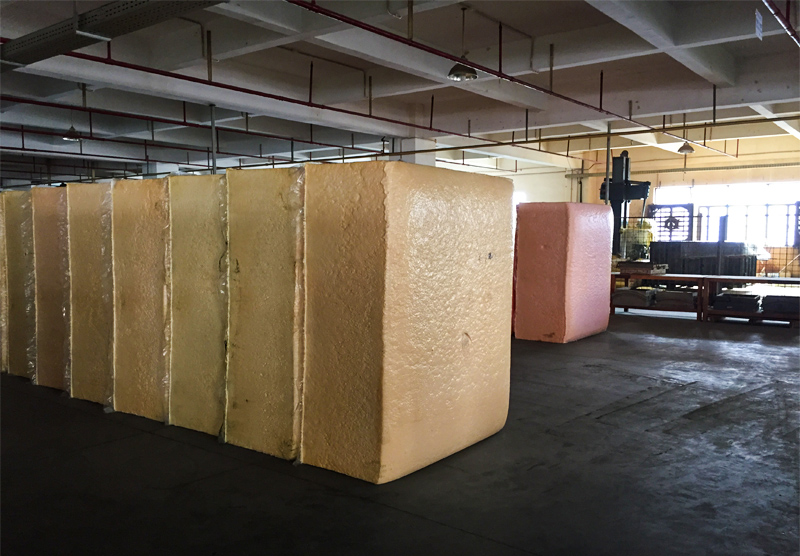 |
Put simply, polyurethane foam is made by reacting polyols and diisocyanates together. During the manufacturing process, the foam can be manipulated in various ways to create different types of polyurethane foam. This helps to create materials suitable for a wide array of purposes. You can find an example of this on our memory foam page where we discuss how foam can be manipulated during manufacturing.
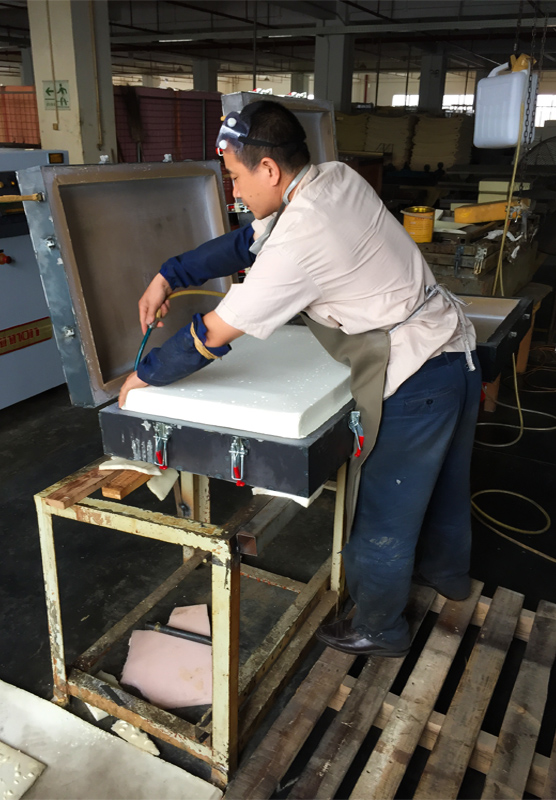 |
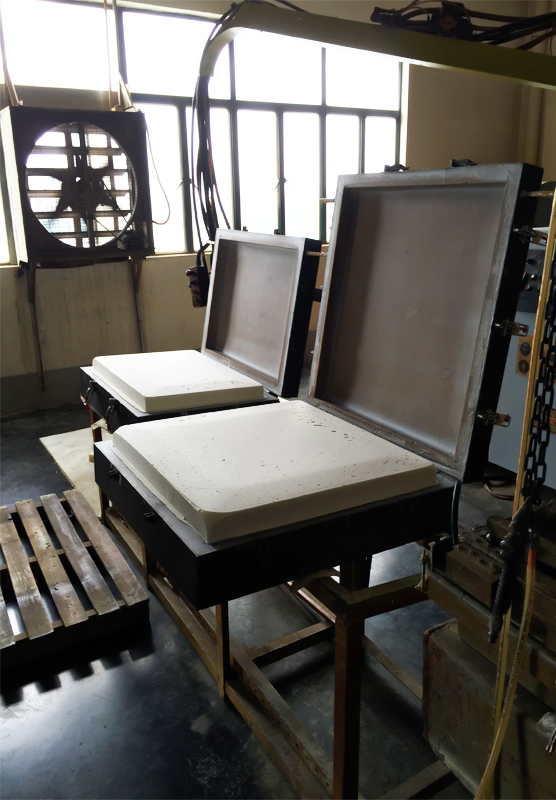 |
Modern Upholstery uses mainly synthetic materials such as foam, elasticated webbing, polyester wadding and staples. The materials are such that they are lightweight and suited to mass production. Modern Upholstery is preferred for commercial use and for public spaces as it is more easily covered under fire regulation laws.
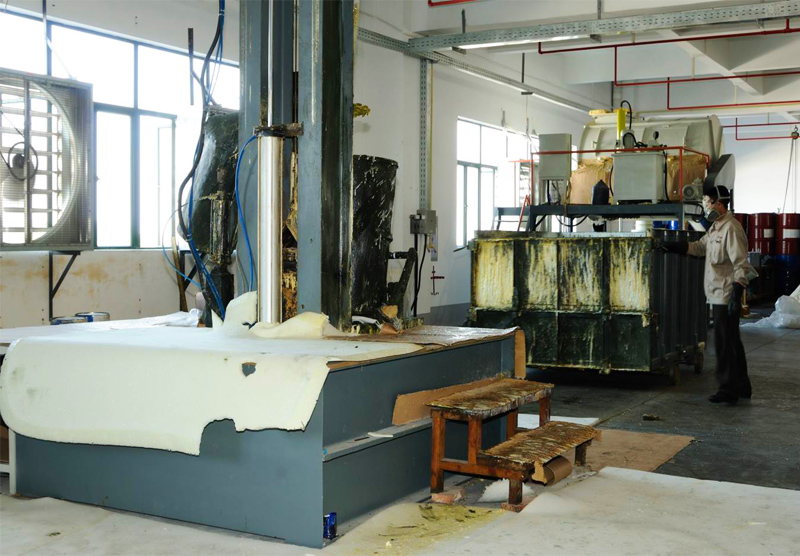 |
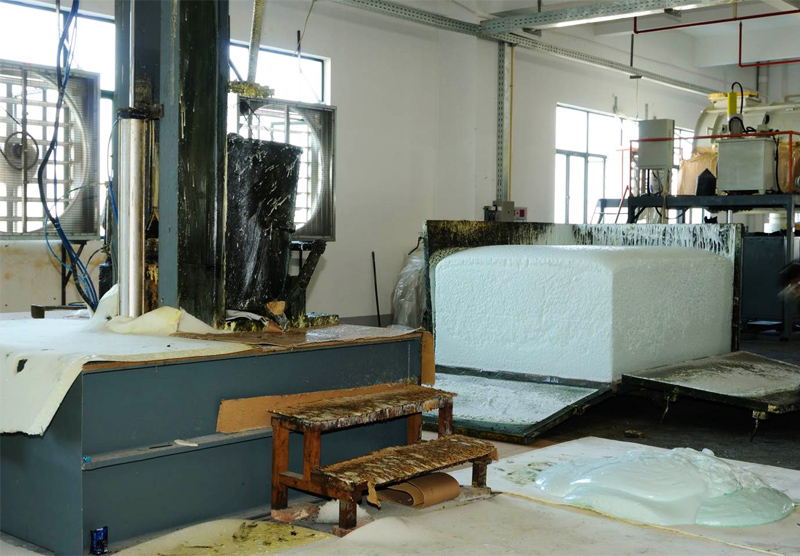 |